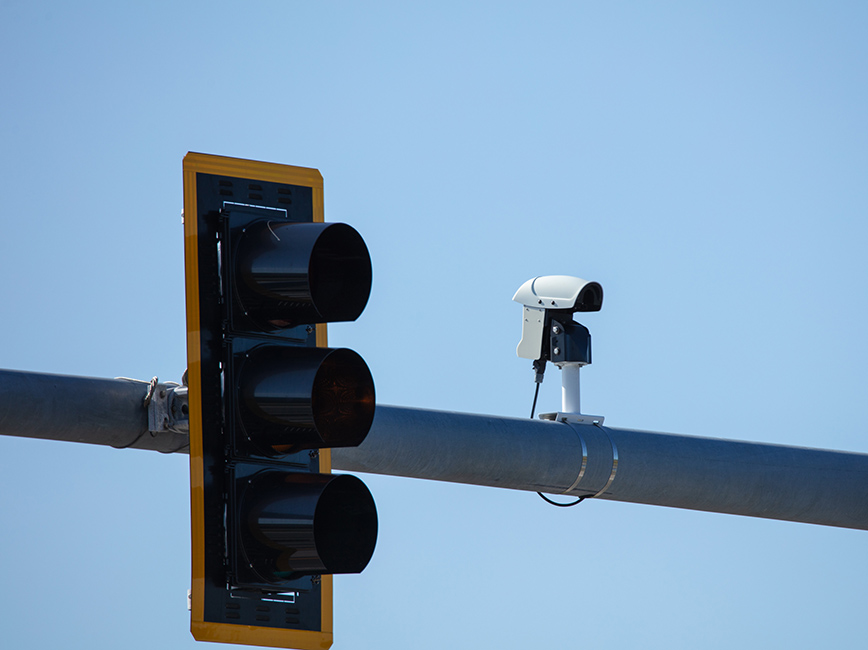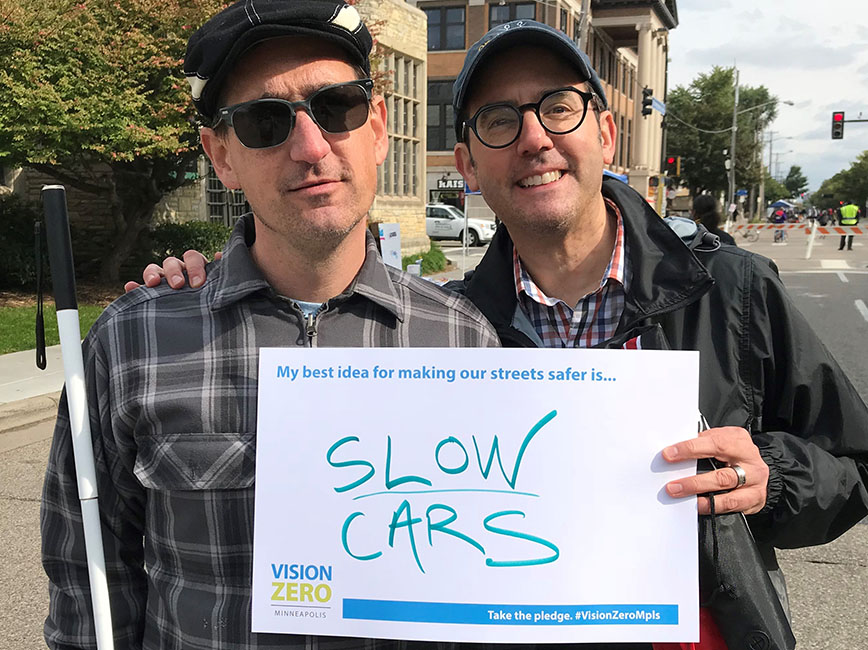Traffic safety camera pilot
We explain how and why we are using traffic cameras to enforce speed limits.
Camera locations
Considerations for camera locations
We have identified five traffic safety camera locations that meet our criteria. The cameras are located at the following locations:
- Freemont Avenue North near West Broadway Avenue North
- 18th Avenue Northeast near Central Avenue Northeast
- 3rd Street North near 1st Avenue North
- Chicago Avenue South near Franklin Avenue East
- Nicollet Avenue South near 46th Street West
Camera location criteria
All locations will have warning signs and be listed on this webpage.
Locations must:
- Have a traffic safety concern.
- Be distributed fairly throughout the city.
- Be within 2,000 feet of a school.
Currently, only locations on streets within the City’s jurisdiction are being considered. Locations on County or MnDOT streets may be considered in the future.



